Sightseeing
Whether you’re into geology, presidential history, Civil War sites, or just want to go for a country drive, you’ll find something fun nearby.
Shenandoah National Park
We have seperate sections devoted to hiking and fishing in the Park.
Byrd Visitor Center
A visit to the Byrd Visitor Center is a great way to become acquainted with Shenandoah National Park. Exhibits tell the stories of Shenandoah’s establishment and development, including the controversial acquisition of privately owned land, the work of the Civilian Conservation Corps, and the little-known story of desegregation in the 1930s and ’40s.
There are also several short (and longer) day-hike opportunities that leave from the visitor center; the rangers can point you in the right direction. For those with National Park Passport Books, you can get your stamps here as well.
As the crow flies, the visitor isn’t far (it’s about 10 miles due west of our cabin). But to drive there takes a little more than an hour. There are two ways to go. The first route is 50 miles and heads south on US 29, accessing Skyline Drive at Swift Run Gap. From there, head north to the visitor center. The second way, 40 miles, goes north through Sperryville and enters Skyline Drive at Thornton Gap. From there, head south to the visitor center. We recommend driving a large loop, going one way to get there and the other coming back. This gives you a great taste of Shenandoah National Park without breaking much of a sweat.
Skyline Drive
The 105-mile Skyline Drive, a National Scenic Byway, traverses the crest of the Blue Ridge Mountains for the length of Shenandoah National Park. The Drive is divided roughly into thirds:
- North District
-
Front Royal to Thornton Gap
Mile 0–31.5
- Central District
-
Thornton Gap to Swift Run Gap
Mile 31.5–65.5
- South District
-
Swift Run Gap to Rockfish Gap
Mile 65.5–104.6
Skyline Drive has a 35 mph speed limit, so it takes a minumum of about 4 hours to drive from one end to the other. And there’s no rush, with over 75 scenic overlooks inviting you to stop and pullover and countless trailheads inviting you to explore some of the 500 miles of trail in Shenandoah National Park. For a shorter excursion, drive one of the Districts. Our cabin is most convenient to the Central District.
More information
- For more information on driving Skyline Drive, see the National Park Service website, Driving Skyline Drive
- Download a PDF of a map of Shenandoah National Park and Skyline Drive.
- skylinedriveoverlooks.com and visitskylinedrive.org are two additionaly sites with resources for driving the Drive.
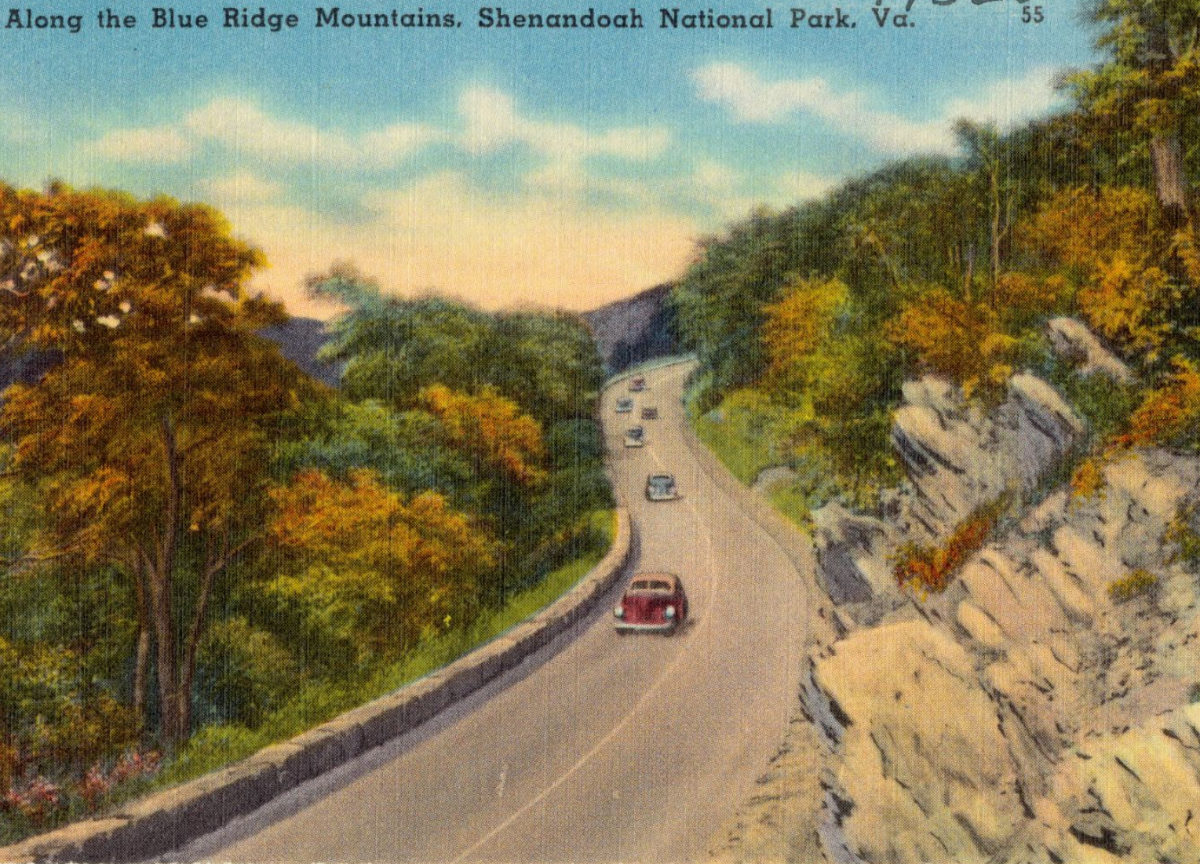
Luray Caverns
Luray Caverns is a U.S. Natural Landmark and the largest and most popular cavern network in eastern America. Guided tours on well-lighted, paved walkways let you explore cathedral-sized rooms filled with towering stone columns and crystal-clear pools. Luray Caverns also has the world’s only stalacpipe organ — you’ll hear it play at the end of your tour! Luray Caverns is open every day of the year. More information.
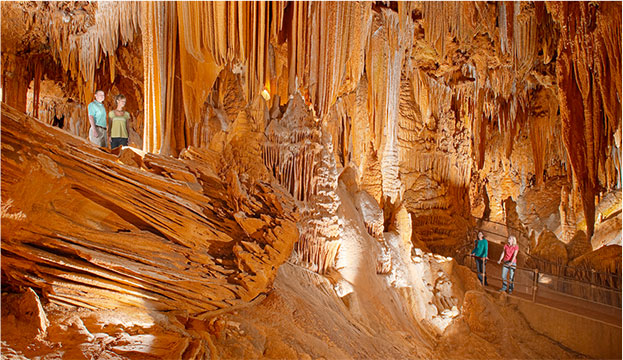
Presidential history
Known as the “Mother of Presidents,” Virginia was home to four of the first five U.S. presidents and has provided eight in all, more than any other state. A trip to a historic home or favorite haunt frequented by a president can provide unique insight into the character of these American leaders.
Thomas Jefferson’s Monticello
Monticello, “Little Mountain,” was the home of Thomas Jefferson (author of the Declaration of Independence and third president of the United States) from 1770 until his death in 1826. This architectural masterpiece is designated a UNESCO World Heritage Site. Reservations are recommended. Monticello is about 50 miles / 1 hour south of our cabin. More information.

James Madison’s Montpelier
Montpelier was the lifelong home of James Madison (father of the Constitution, architect of the Bill of Rights, and fourth president of the United States) and his beloved wife, Dolley (America’s first “First Lady”). The grounds offer a commanding view of the Shenandoah Mountains to the west. Montpelier is about 30 miles / 45 minutes south of our cabin. More information.
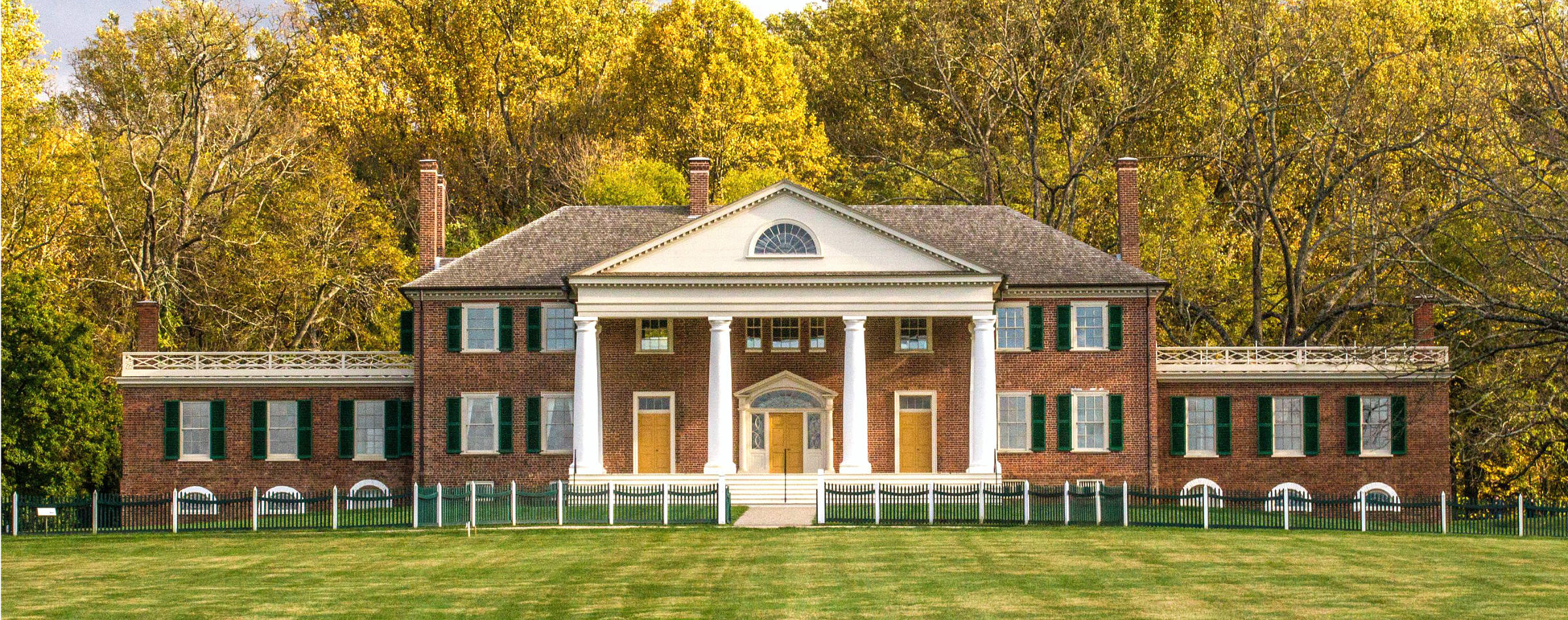
James Monroe’s Highland
Highland was the home of James Monroe (fifth president and the last from the founding fathers) and is located in Charlottesville. Monroe lived with his family at Highland from 1799 to 1823. Highland is about 50 miles / 1 hour south of our cabin. More information.
Herbert Hoover’s Rapidan Camp
Rapidan Camp is the presidential retreat built by Herbert Hoover and First Lady Lou Henry Hoover in 1929. Hoover was not from Virginia — he was from Iowa — though he missed the fishing and outdoors of his youth, so he established Rapidan Camp to get away from the hustle and bustle of D.C.
At Rapidan, the Hoovers entertained family, friends, celebrities, politicians, and representatives of foreign governments. The status of the camp changed when President Franklin D. Roosevelt took office in 1933. Bound to a wheelchair, Roosevelt found the rustic camp unappealing and instead established Camp David.
Today, Rapidan Camp is run by the National Park Service and exhibits are open intermittently. During summer and fall, there are ranger-guided tours that can be reserved in advance. Visitors are welcome to hike in and explore the area any time. See also this interactive program about Herbert Hoover and Rapidan Camp.
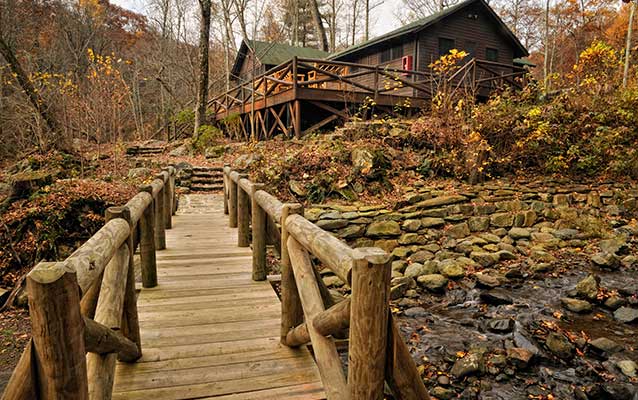
Civil War history
The cabin is within an hour’s drive of several significant Civil War sites, including the American Civil War Museum, Virginia Museum of the Civil War, Manassas Battlefield, Wilderness & Chancellorsville Battlefields, and Richmond.
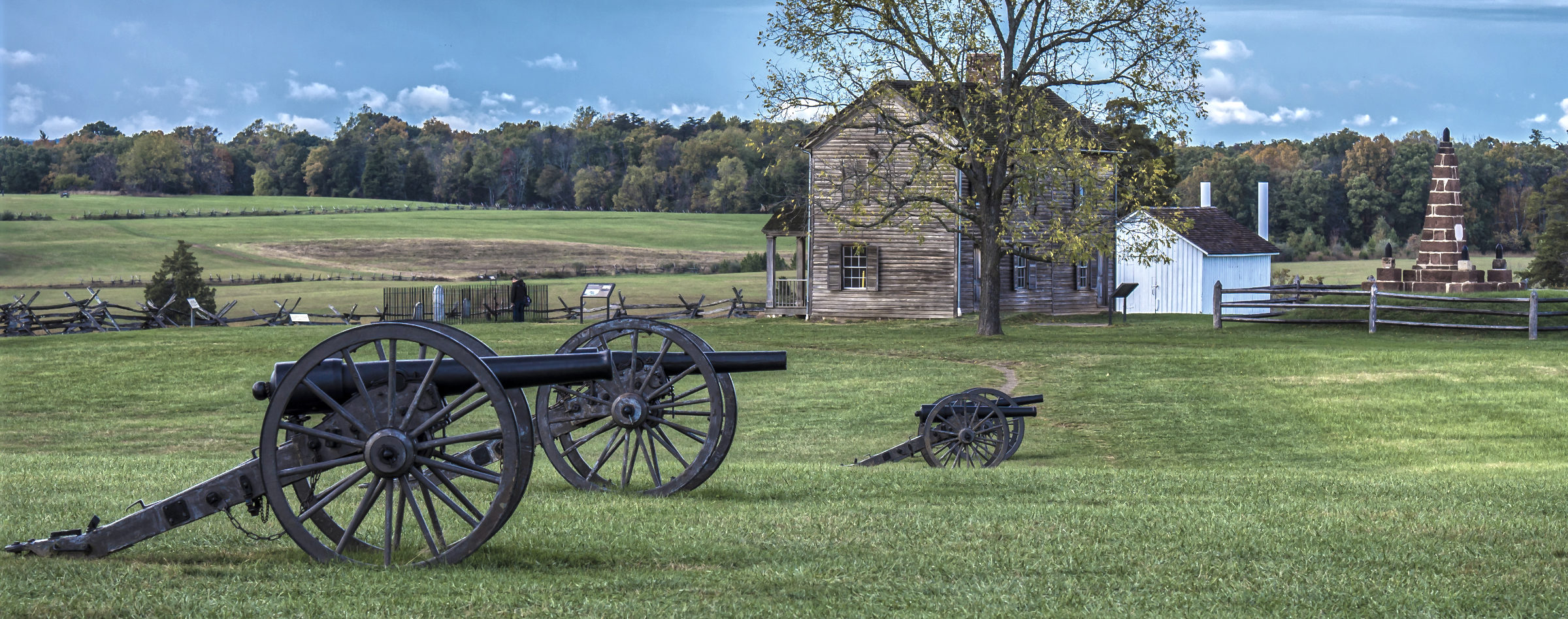
Last updated June 13, 2020